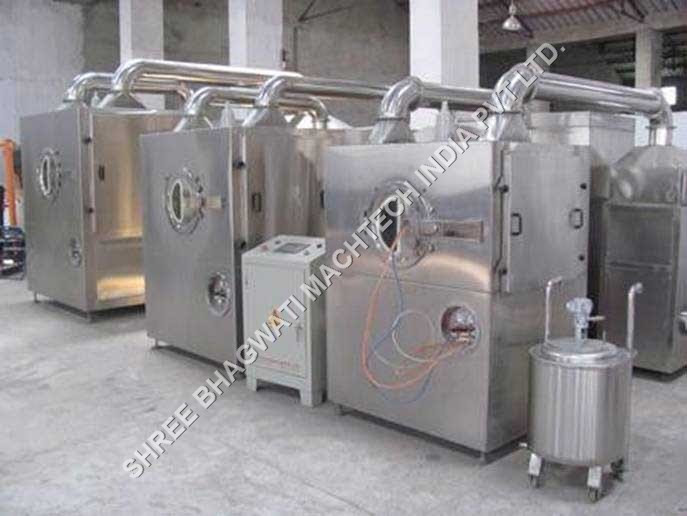Fluid Bed Processors for All Process Requirements
Fluid bed processors (FBP) are used for turning dry powder into fine dust particles. The particles are then fed into a machine that vibrates at high speeds and converts the fine dust into small flakes. As the machine runs, the fine dust is transformed into a fine dust similar to a flour through a feed conveyor system. This machine is similar to the ones that make pizza dough. It is widely used for manufacturing dust in paper mills, sanding machines, rubber and cement plants, textiles, footwear products, fabric dye manufacturers and in the automotive and chemical industries.
There are two types of fluid bed processors namely the top-feed and the bottom-feed. In a top-feed fluid bed processor, the particles get sprayed from the machine onto a bed of fine powder at medium speed. They are dropped on to the bed surface and get soaked by the powder as the machine runs. These are the most commonly used in the paper mills.

On the other hand, the bottom-feed fluid bed processors run at slower speeds and allow for less saturation of powder particles on the bed. The smaller particles get soaked more slowly by the powder. A number of top-feed and bottom-feed fluid bed processors are available in the market. Some are coupled with a vibrating feature; others have a light for adjusting the speed of the machine. They are suitable for all applications, especially for drying pharmaceutical, photographic, electronics and rubber components, rubber and polyimide coating.
Fluid bed coating of powders, granules, or tablets involves the spraying of a liquid on the fluidized powder under strictly controlled conditions. It is ideal equipment that is in conformity with the requirements of cGMP.
Fluid bed processors that include an exhaust fan make cleaning easier. It can clean up to 40% faster than the conventional brush-type brush. To ensure efficient combustion, the intake manifold and the exhaust manifold must have low flow rate. As for the discharge, it must be high enough not to siphon excess fluid back into the intake manifold. In addition, the flow rate and the discharge rates of different models must be balanced to prevent uneven burning of the granulator and to obtain consistent final products.

When operating, the liquid bed processor should be maintained under ideal pressure and temperature conditions to maximize the efficiency of the machine. The operating environment may need to be adjusted based on the type of liquids being processed. There are a number of features that may help in determining the right pressure and temperature environment. For example, if the particles are of high density, high boiling points, and have low solubility factors, then vacuum charging may be needed to remove the granules from the filter chamber. High-quality particles such as synthetic fibers, resins and plastics require higher vacuum charges to reduce their surface roughness and enhance the surface tension and internal friction of the beads and plastics.
Fluid bed processors can effectively reduce the processing time of many common products such as resins, oils, waxes, rubber products, epoxy finishes, and polymers. They can also speed up the drying process of some processes and produce excellent quality powders at very competitive prices. Fluid bed processors are generally designed to provide sufficient service for the wide variety of process requirements for which they are used. There are a wide range of different sizes available in fluid bed processors to cater for varying processing sizes.
















